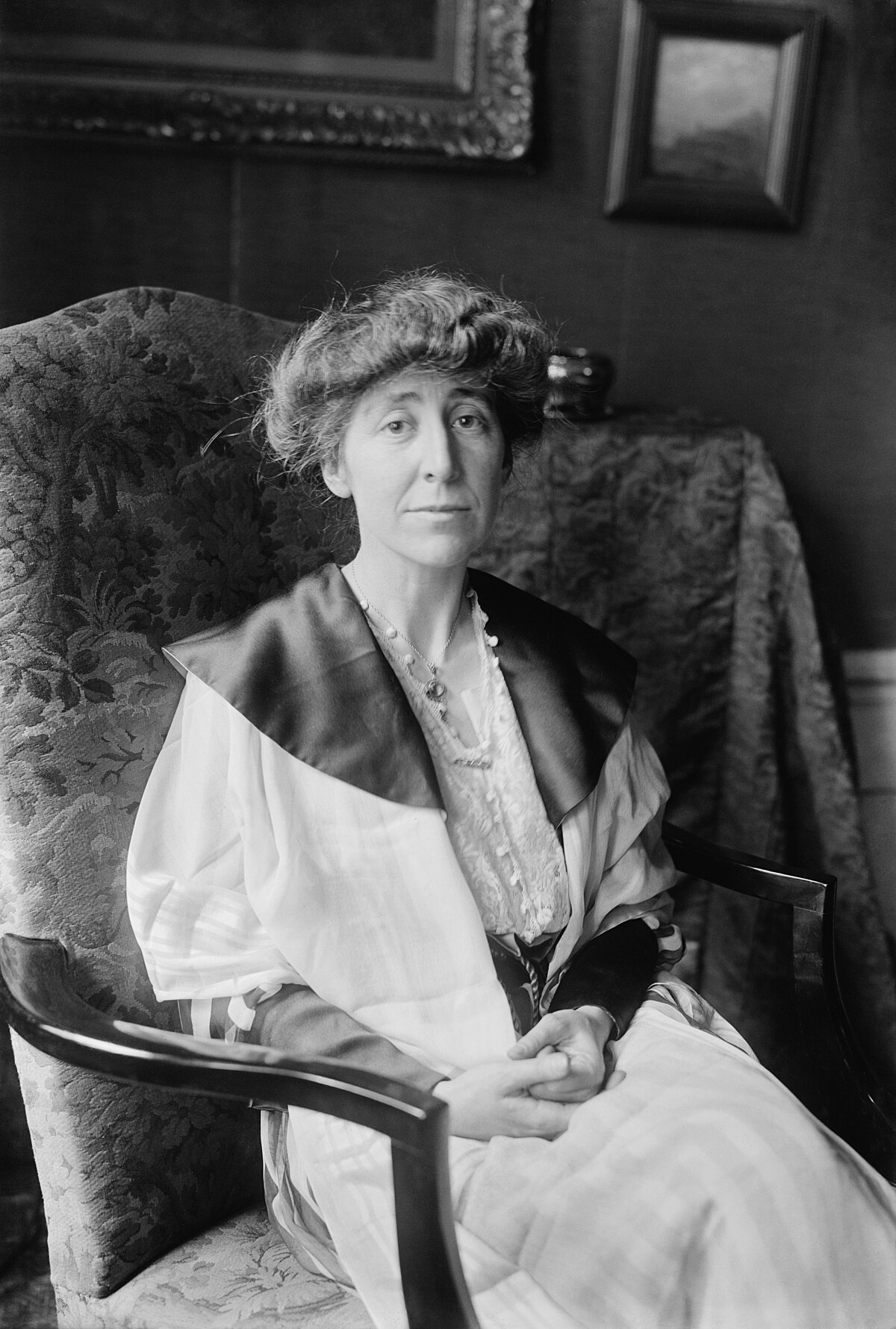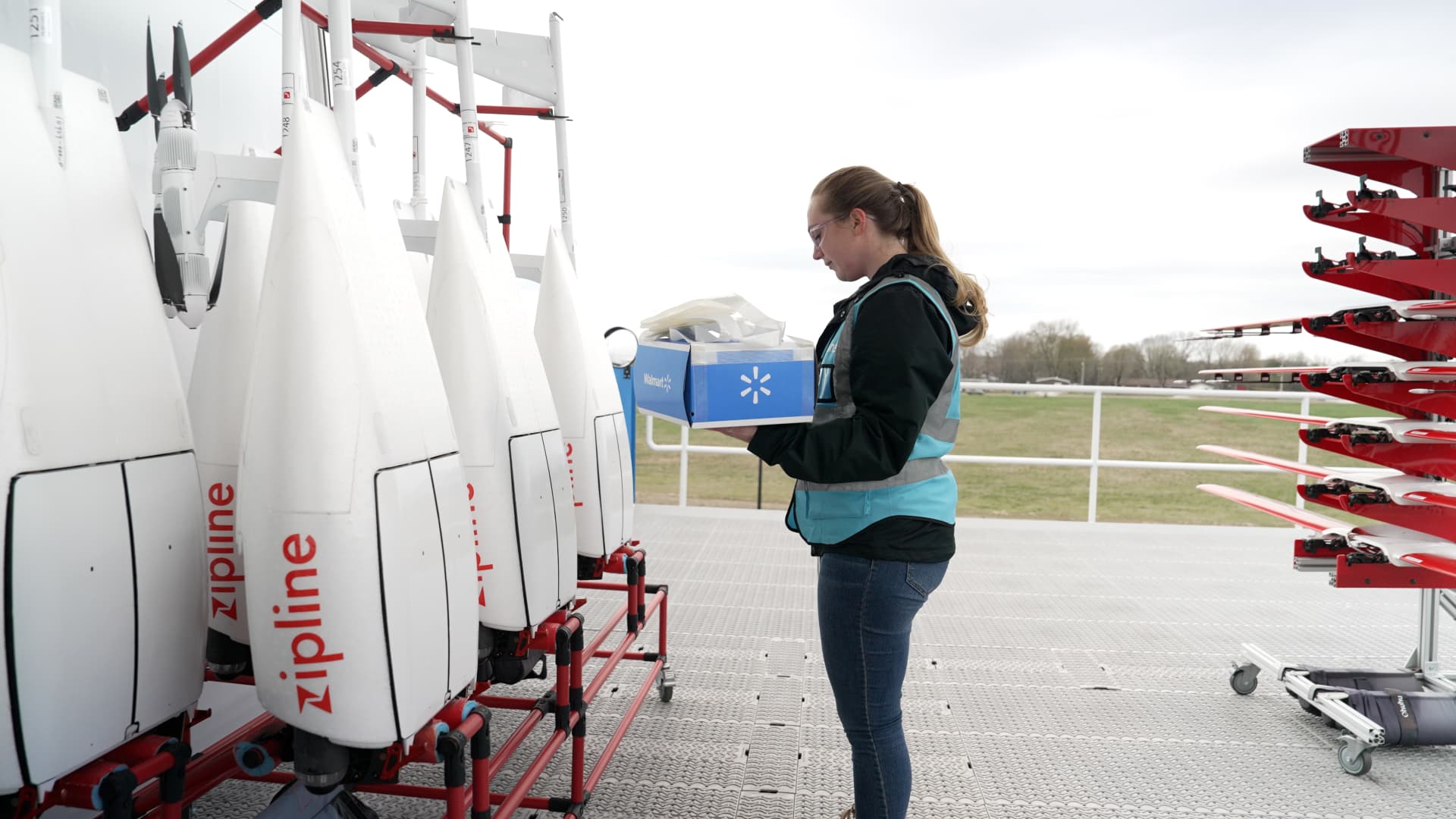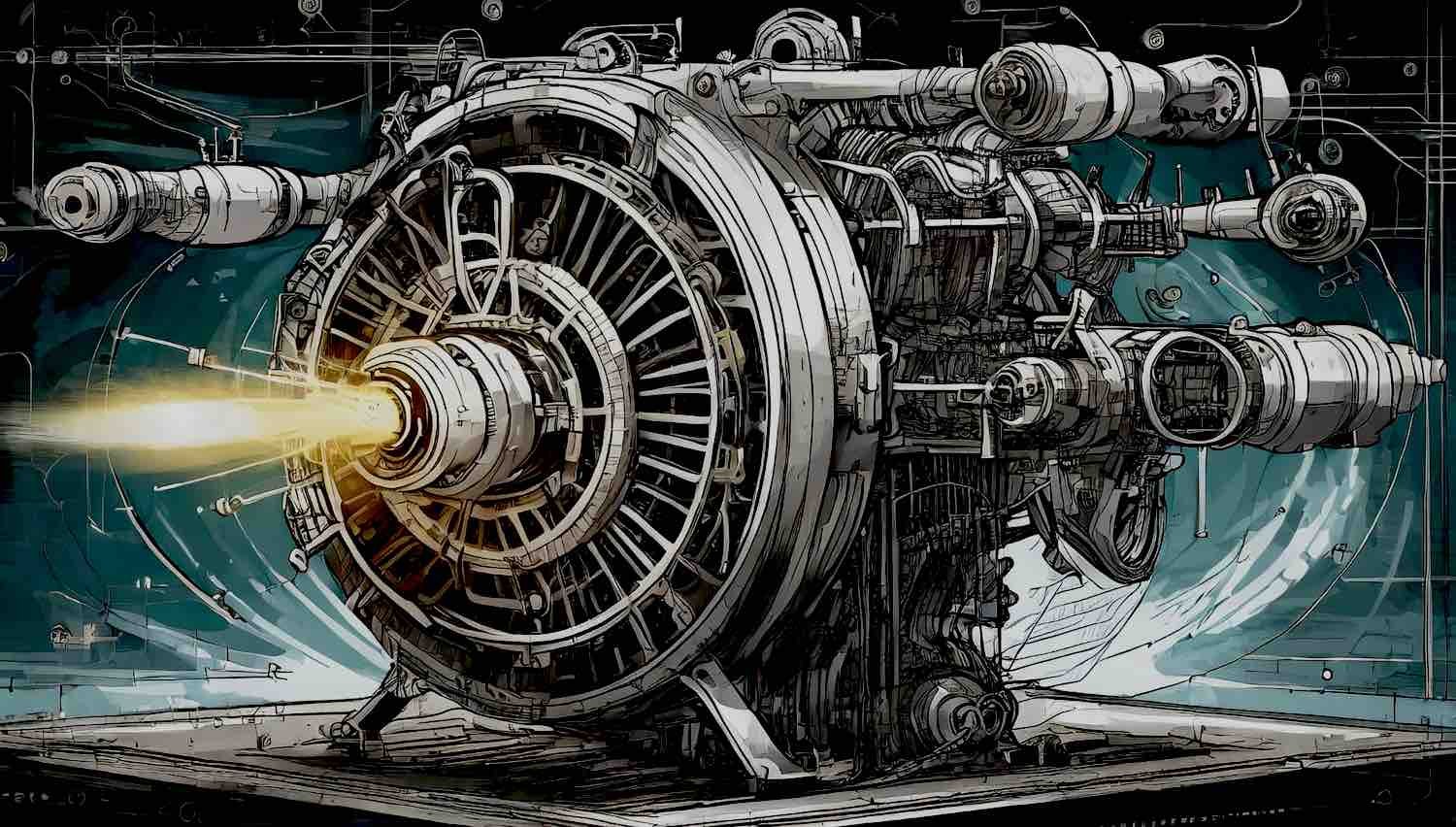![Sonoluminescence - Wikipedia The sonoluminescence effect was first discovered at the University of Cologne in 1934 as a result of work on sonar.[1] Hermann Frenzel and H.](https://upload.wikimedia.org/wikipedia/commons/9/91/Single_bubble_cropped.jpg)
Sonoluminescence - Wikipedia
The sonoluminescence effect was first discovered at the University of Cologne in 1934 as a result of work on sonar.[1] Hermann Frenzel and H. Schultes put an ultrasound transducer in a tank of photographic developer fluid. They hoped to speed up the development process. Instead, they noticed tiny dots on the film after developing and realized that the bubbles in the fluid were emitting light with the ultrasound turned on.[2] It was too difficult to analyze the effect in early experiments because of the complex environment of a large number of short-lived bubbles. This phenomenon is now referred to as multi-bubble sonoluminescence (MBSL).
In 1960 Peter Jarman from Imperial College of London proposed the most reliable theory of sonoluminescence phenomenon. He concluded that sonoluminescence is basically thermal in origin and that it might possibly arise from microshocks with the collapsing cavities.[3]
In 1989 an experimental advance was introduced which produced stable single-bubble sonoluminescence (SBSL).[citation needed ] In single-bubble sonoluminescence, a single bubble trapped in an acoustic standing wave emits a pulse of light with each compression of the bubble within the standing wave. This technique allowed a more systematic study of the phenomenon, because it isolated the complex effects into one stable, predictable bubble. It was realized that the temperature inside the bubble was hot enough to melt steel, as seen in an experiment done in 2012; the temperature inside the bubble as it collapsed reached about 12,000 kelvins.[4] Interest in sonoluminescence was renewed when an inner temperature of such a bubble well above one million kelvins was postulated.[5] This temperature is thus far not conclusively proven; rather, recent experiments indicate temperatures around 20,000 K (19,700 °C; 35,500 °F).[6]













